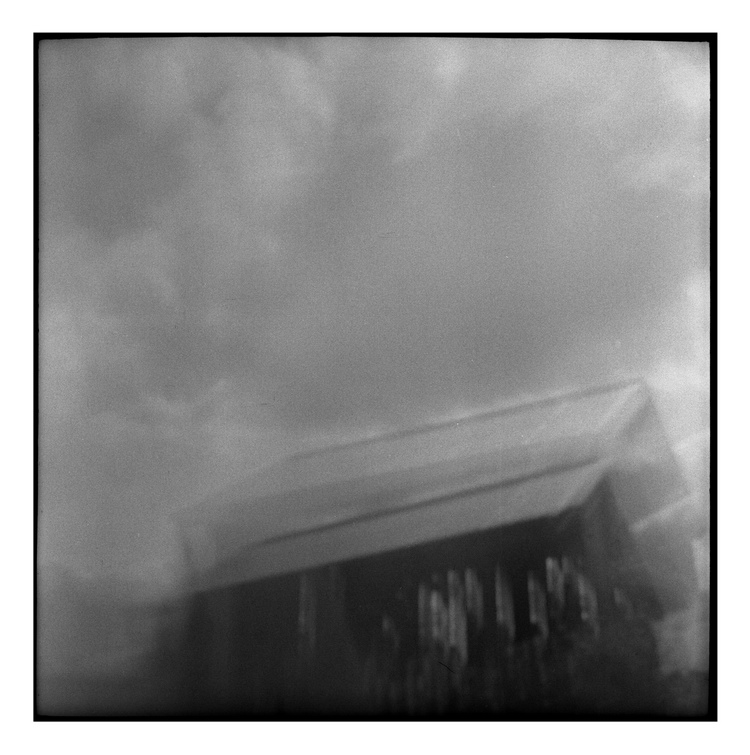To me black and white imagery is somewhat about the abstract aspect of photography a
SNIP
Film and sensors aside..
When making a photo - we are taking a 3 dimensional view that is big and we turn it into a 2 dimensional view - that is a level of abstraction. If we then print the image smaller than the actual big view that was photographed, it is again a further abstraction. If all this was done with color we are 2 levels away from (photo) "reality". If we further take the color view of (photo) "reality" and use black and white materials to make our smaller, 2 dimensional image of "reality" we are 3 levels of abstraction away from the original view (scene or object photographed).
So, working in b+w photography we are (assuming a normal representation of reality was intended) creating a fairly abstract representation of "reality".
I credit Ralph Gibson for the above bit of visual photo theory.
I don't know how film vs digital sensors effect this - one might argue that (for better or worse), we who are most familiar with the look of a b+w film image of "abstract reality" find a digital representation of b+w abstract photo reality, yet a further abstract distance away from the original color scene. This also assumes that we can tell the difference between an image created on film or with a digital sensor. So far, I can easily see the difference - especially if it's in printed form. This last bit doesn't hold with Gibson's theory, but is a personal observation.
It might be said that a person who is only a custom to seeing digital imagery, might find a film sourced image a further abstraction away. What both have in common is that they "pretend" to represent a "level of reality" (photoshop and all that business aside). They are only abstract representations of what was photographed.
Sorry it took so many words to get this out..


